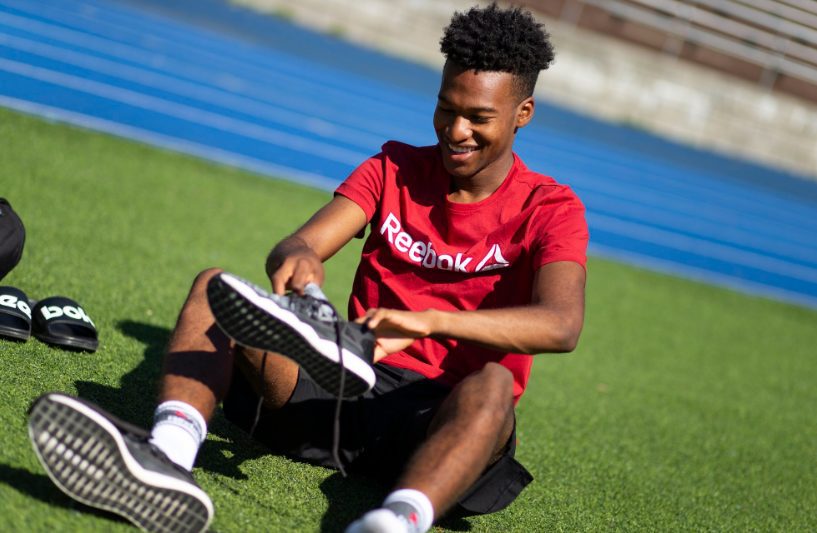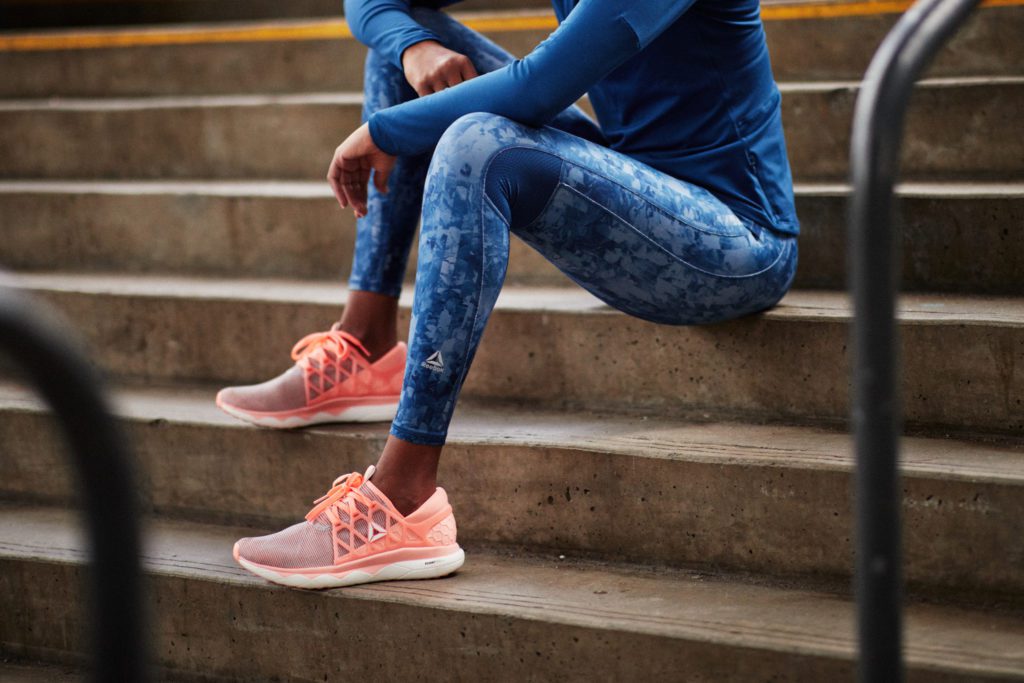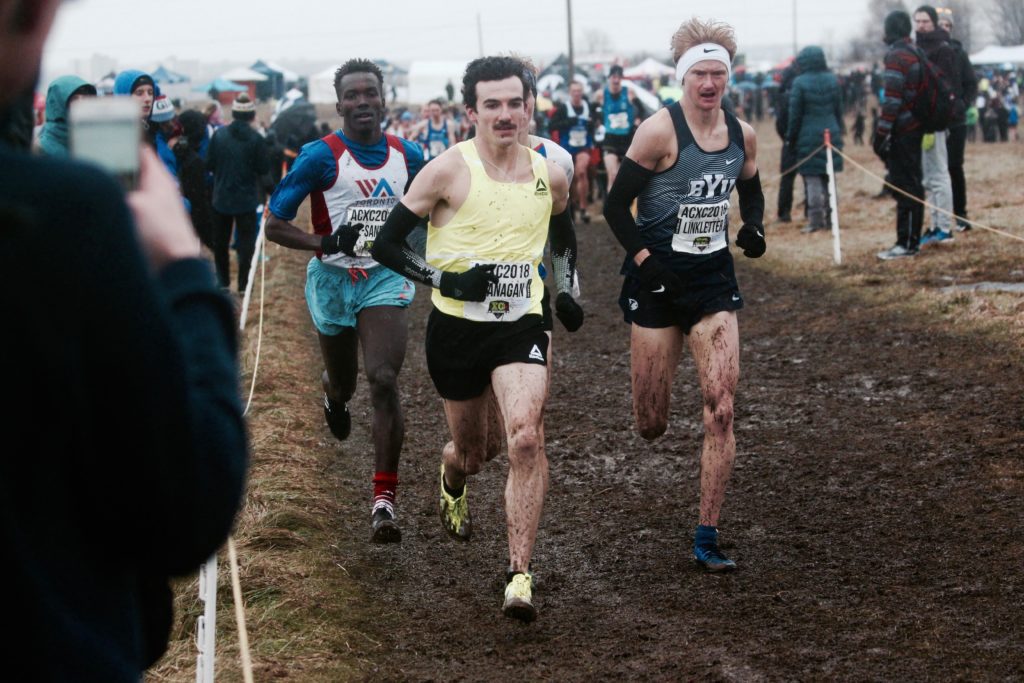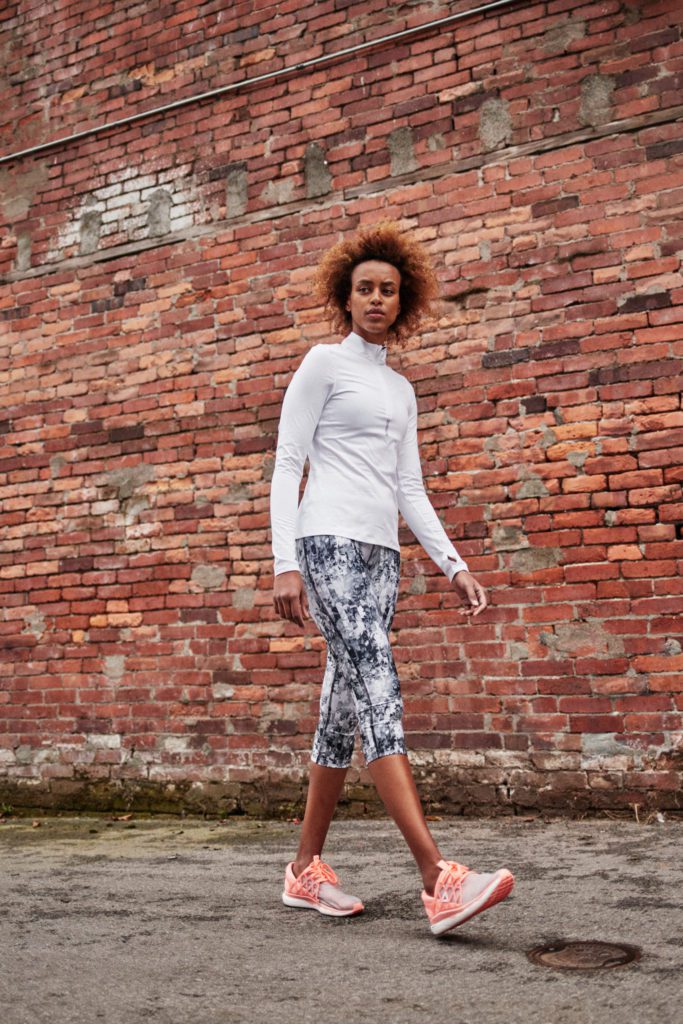Many marathoners talk about the mental challenge of the so-called shoulder season, when fall races are over and it’s too early to think about a spring marathon. They become anxious about whether they’re losing fitness, possibly gaining unwanted weight, and generally losing touch with their identities as marathon-crushers. One surefire way to deal with this is to nip it in the bud by maintaining and building your aerobic base throughout the fall and early winter.
RELATED: The case for building base mileage all winter long

What’s the shoulder season?
The shoulder season is that limbo-like period between your last fall race and when you actively start training for your first spring race. Some competitive marathoners, like the Canadian 60-64 record-holder Elizabeth Waywell, simply stay in training mode year round: “Twice a year, I refrain from running for a two-week period,” she says. “Usually it is after a marathon.” This year, Waywell took a two-week break after the Scotiabank Toronto Waterfront Marathon, where she set the record with a 3:07:56 finish. But then it was back to the roads and trails near her home in Guelph, Ont.

Should I rest, rehab, or run?
Definitely take some time off after your last big race of the fall. “You need to respect the down time,” says Hugh Cameron, coach of the Newmarket Huskies’ high performance group, “and treat your body to a recovery period, so minor injuries and pain items can heal up after a busy season.”
Now is the time to get any “niggles” seen to and fully rehabbed, through some combination of physiotherapy, chiropractic, massage, foam rolling–whatever your favourite recovery tools and practices are.

Once you’re fully recovered and injury-free, this time of year can be very valuable for logging slow, steady miles to maintain and increase your aerobic capacity. Don’t overlook the value of this, just because you miss the intensity of peak training season. Focus on building mileage at an aerobic (i.e. easy) pace, and the benefits will accrue later. Throw in a few strides or easy fartleks here and there if you must, but be disciplined and patient as you prepare your body for the intensity that will follow soon enough.
RELATED: Recovery tips from marathoner Calum Neff

How much should I run?
As for mileage, aim for 70 per cent of your peak training mileage while you’re building your base. If you’ve had to take time off to rehab an injury and you can’t run that volume yet, take two or three weeks to get back up to 70 per cent, then maintain until it’s time to start building back up to peak training volume for your spring goal race.
“Run a couple of weeks at 70 per cent of peak before you move to 80 per cent,” says Cameron. “Then the same for 90 per cent, before you eventually get back to your normal weekly training distance.” If you increase your volume too quickly, you run the risk of injury, which will cost you time as you approach the upcoming training season.

As always, plan to increase your weekly mileage by no more than 10 per cent total per week, and long runs by 2K per week. As you would during peak marathon training, plan a lighter week (30 to 40 per cent lighter) every third or fourth week.
Invest in gear
For winter running, consider some high-visibility outerwear such as Reebok’s Running Hero Reflective Jacket, a lightweight full-zip featuring the brand’s Speedwick technology to keep you dry inside and out.
Consider also whether it may be time to replace your shoes. Rather than waiting til spring marathon training starts in earnest, do your back, legs and feet a favour and invest in a good, all-around training shoe like the Reebok Floatride.

RELATED: Reebok is using NASA-grade technology to bring you the perfect bra
This is also an excellent time to cross-train with as much intensity as you like, within reason. Brisk walking, cycling, swimming, skating, skiing and snowshoeing are all excellent options for maintaining winter fitness.
